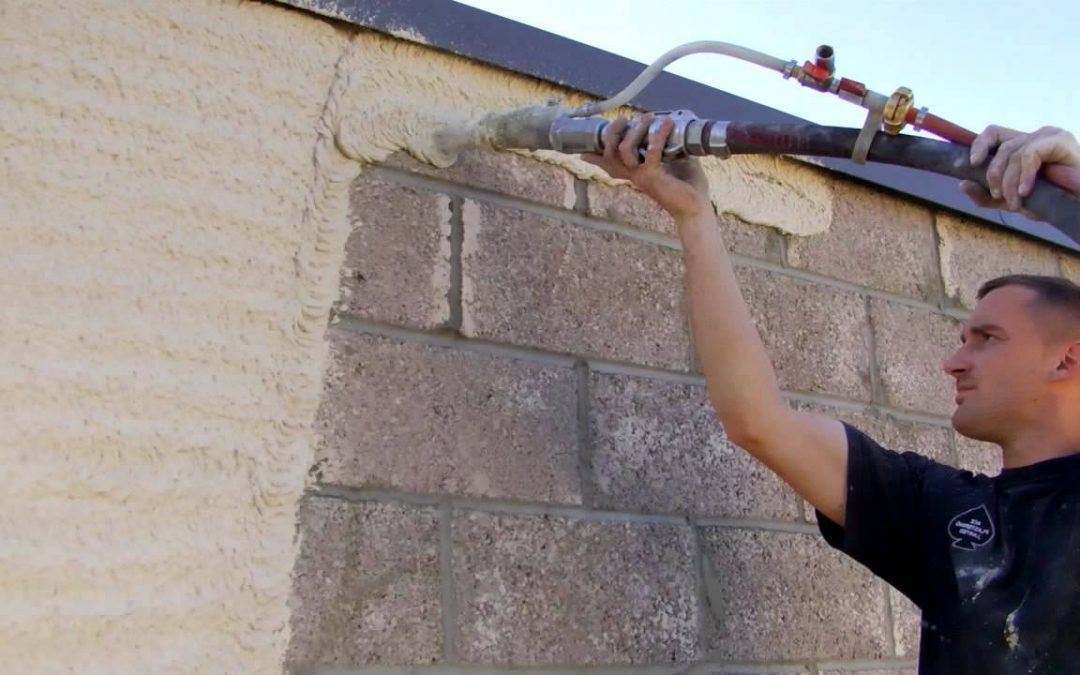Rendering of external walls is a good opportunity to improve value and look of your home, especially if the old render is in bad condition, or a mixture of different facade materials. A building’s business card is the façade and a dirty or damaged façade leaves a bad impression not to mention the building will depreciate as damage from weather impacts would weakens the building’s fabric.
Rendering of the exterior of your home is one of the most cost-effective ways of adding value to your property, and new rendering is one of the cheapest ways of achieving this. Your home’s exterior is the first thing that any visitors or potential buyers might see, so making sure it has got as much appeal as possible is a key.
Modern render solution could be one coat coloured through Monocouche render or a flexible, fibre reinforced silicone render. It can hide poor-quality or mismatched brickwork on period properties, and create a sleek finish on modern homes. Render works well with masonry or timber cladding, to add architectural interest, and can be matched with external insulation to warm up a draughty home.
How much does render material cost?
Monocoche render cost is about £8 to £10 plus VAT per m2 while silicone render over base coat would cost about £13 to £15 plus VAT per m2. Application labour cost would be higher and it would depend on the size of the property and location. Rendering and painting a typical three-bedroom semi-detached house with 80m² of walls could cost about £3,000–£4,500.
How to find a renderer?
If you could fill in RenerQuote.co.uk Request A Quote form, we would get back to you with the best and most efficient renderers in your area.
How to render a wall?
- Preparation
Before a home is rendered, the walls should be pressure washed and old loose render and paint would need to be removed. If existing render is solid, special fiber reinforced renovation base coat could be used over old solid painted render, Vimark Rasolite is one of the possible options.
- External details
External details such as bargeboards will often have to be removed, along with rainwater and soil pipes and other external details such as alarm boxes. Any vents will need to be extended, and sometimes window sills must be extended too. PVC stop and angle beads are then applied around the window and door openings and corners (or the edges of a terraced property) to provide clean edges for the render. The render system can then be applied.
- Render finishes
Silicone render with different grain sizes is applied over the base coat render while Monocouche render is one coat coloured through render, so both options don’t need any painting. As well as a choice of colours, different finishes are also available, from very smooth to textured.
- Final finishes
Finally, the external rainwater and soil pipes etc. can be reapplied. You can expect the total process to take around three to four weeks.
Do you need a permission to render your home?
Planning permission isn’t usually required to apply render, providing the house isn’t listed or in a conservation area, and permitted development rights haven’t been removed. You could visit planningportal.co.uk and check with your local authority.

